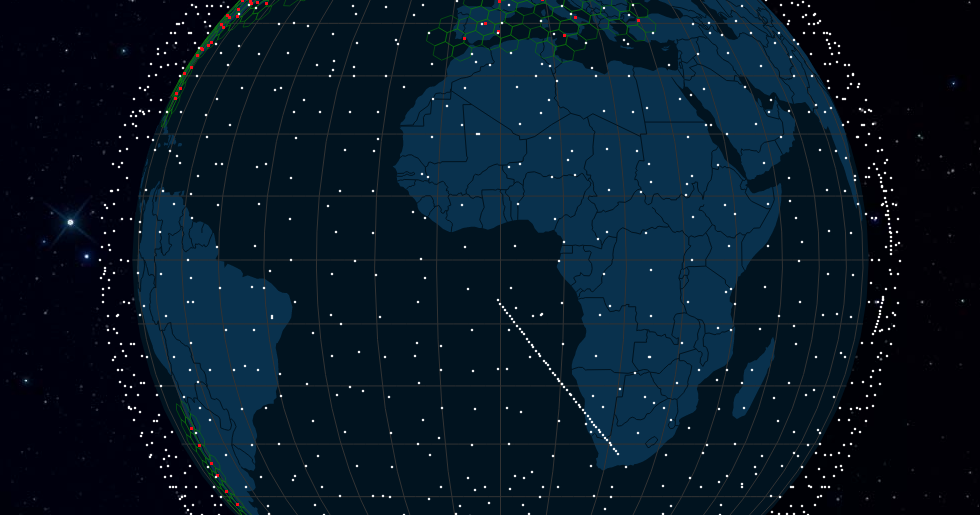Campers watched in curiosity as a string of dozens of white lights moved in the skies above Kelowna Tuesday evening.
Mike Wilding and others spending the night at Bear Creek provincial park counted about 50 lights moving south-east in a straight line at 9:40 pm
“We were all gobsmacked,” Wilding said. “We had no idea what it was.”
While the lights had an out-of-this-world appearance, they were actually 53 SpaceX Starlink satellites launched last Friday from Cape Canaveral in Florida.
“These launches of 50 or so satellites are happening about every week to 10 days,” local astronomer Colleen O’Hare said. “We see them because they’re still relatively low in altitude, and continuing to move into orbit. As they get higher, they’ll space out and they won’t be visible.
“About 2,000 of them are already in orbit, and the plan is for another 40,000 of them,” O’Hare said. “It’s wonderful, because these satellites will be bringing the Internet to many more places throughout the world, but they do cause a problem for astronomers because they can create a lot of streaks of lights in photographs we’re taking of the night sky.”
SpaceX founder Elon Musk announced a satellite constellation project in 2015 but the first Starlink satellites were not deployed until May 2019. They have an operational altitude of 550 km.
The 42,000 Starlink satellites expected to be put into orbit is almost four times as many as the approximately 13,000 satellites that have ever been launched, according to the European Space Agency. Less than 5,000 of those other satellites are still operational.
According to the Starlink website, people in Kelowna can order a Starlink kit, with all the necessary hardware, for $795 US with a service charge of $140 a month.










